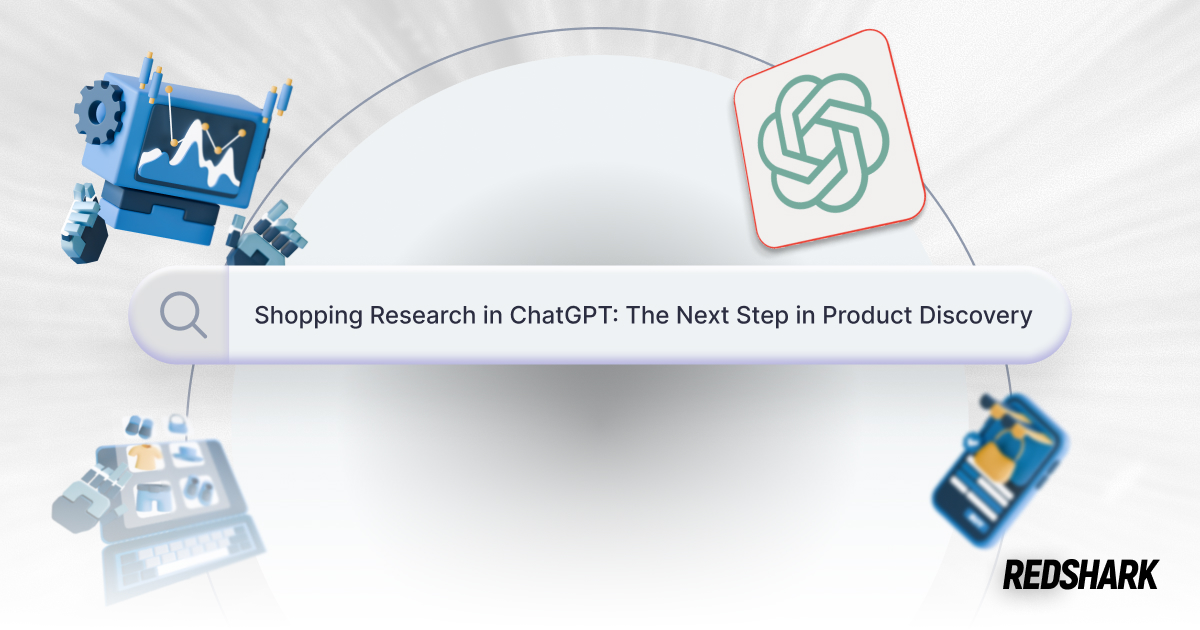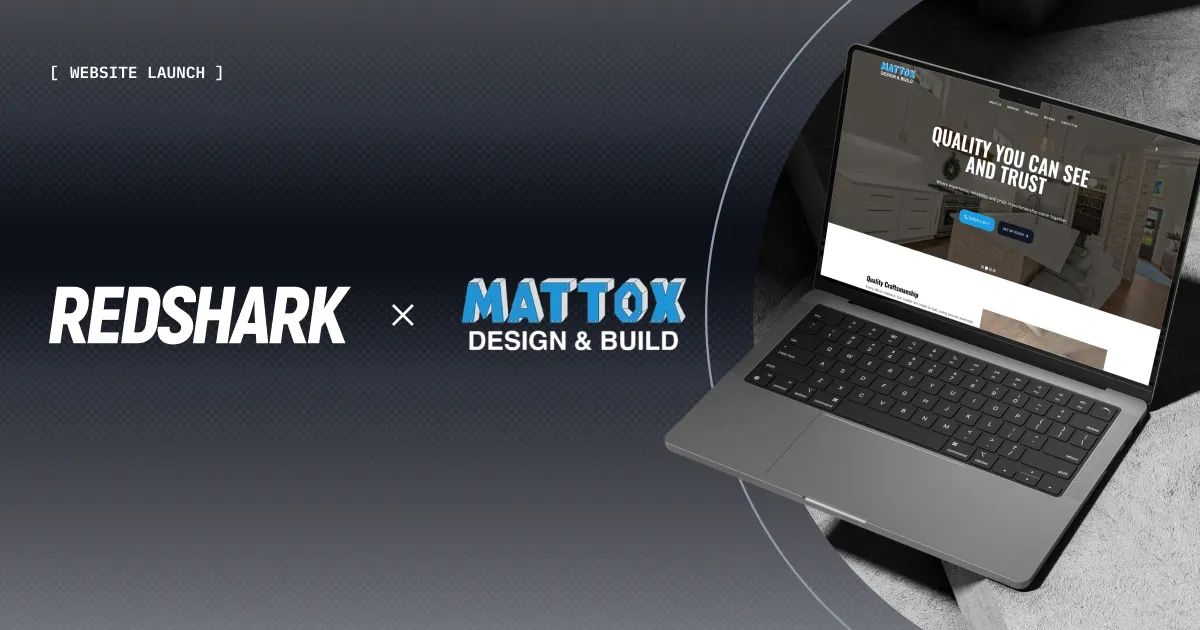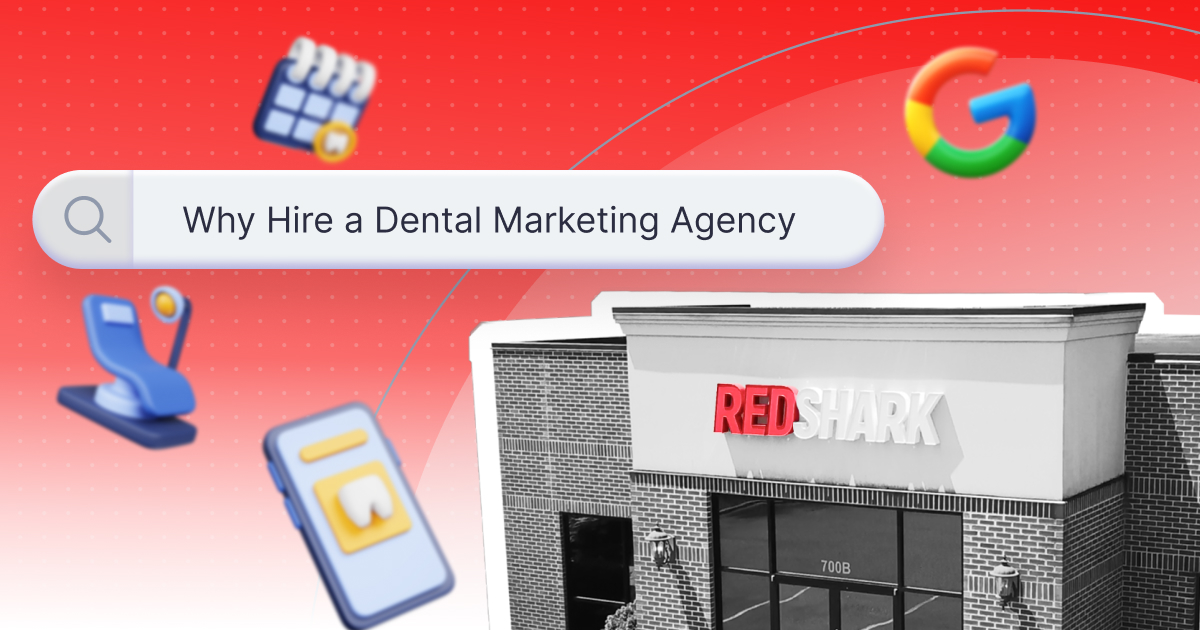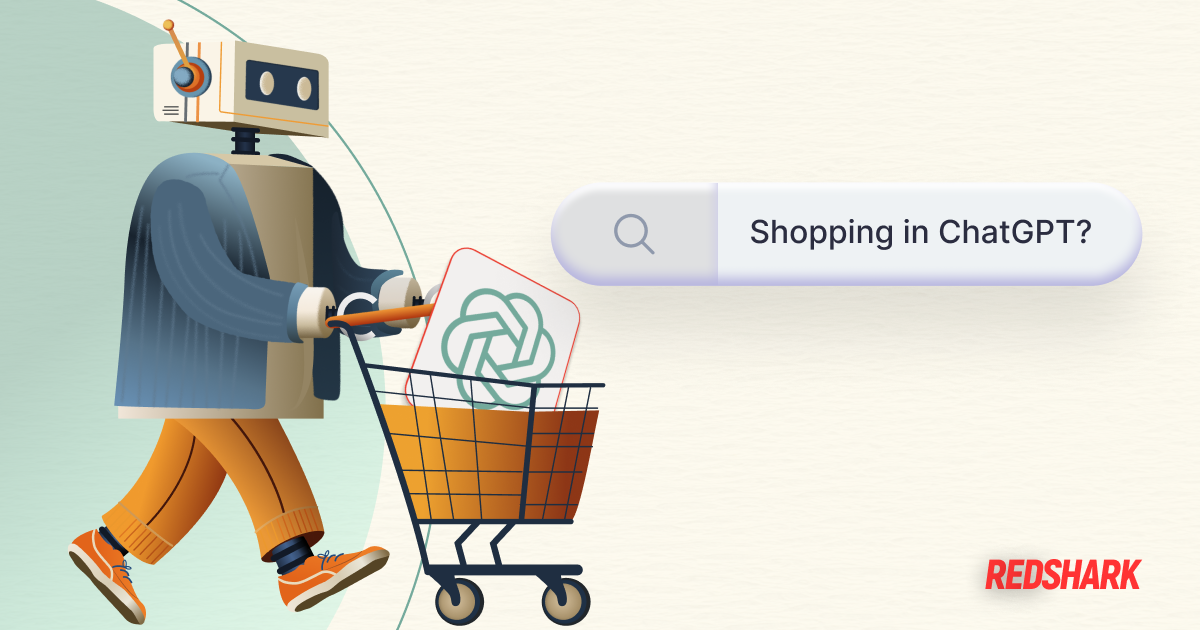
Top 10 Design Tips
Top 10 Design Tips
Featured & Recent Articles
Top 10 Design Tips

We’ve gathered tips for designers when it applies to design in the agency life. Designing for fun and designing for advertising can be two different beasts. We hope these tips help guide your brand to have creative, positive, and innovative designs for your message.
Establish the Integrity of Your Agency
When thinking about design, you have to understand the need and wants to the client. Each agency has their own set of solutions to help the brand accomplish those goals. Keeping these solutions in mind while building their graphics helps keep a clear vision for the customer's needs. The agency’s name will be on this product, so you want it to represent your brand as well as theirs.
Limit Your Color

In marketing, we believe that the best things come in threes. This applies to the number of colors you should use in your designs. We recommend only 2 - 4 colors and keeping in mind your brand’s color scheme. Pantone even comes out with a color of the year every year that can be fun to interact with as a brand. If your company has one exclusive color they use in everything, coolors.co is a great option for helping you build a color scheme around the “locked layers.”
Work Backwards
Understand what content needs to be displayed in your graphic before you start designing. It could be time, location, imagery, colors, etc. You want to be sure you understand where this ad will be placed and who the target audience is for it to fully design a great advertisement. If it’s got bright, kid-friendly colors for an advertisement on women’s high heels, it might not attract the correct audience. Beginning with the end user helps a designer build a more effective ad.
Expand Your Knowledge
When working on designs, it’s easy to get bogged down into your style and technique. A designer never wants to become too predictable. By keeping up with trends and new ideas a designer helps build their repertoire for innovative designs. We’ve listed out a couple of our favorite places for inspiration and new trends for designs.
- CSS Design Awards - styles constant projects that push the limits
- Behance - inspiration from things that aren’t always web based
- Awwwards - kick ass sites that solve complex problems
- Information Is Beautiful - interesting ways to display mass amounts of data
Piece of 8
In web design, there are four things to consider. The physical size of an image, it’s file size, the resolution, and the file type. While the resolution defines an image’s clarity, the file size determines the time it takes for you page to load.Common file types are:
- JPG (jpeg) - understanding jpegs and the compression capabilities they offer can save your site precious milliseconds when loading
- GIF - GIF compression can be extremely poor for photographs however for line art, and solid color graphics gif is the way to go
- PNG - with compression for both image quality and line art. PNG can be a great option however at times a PNG file size can be heftier than a comparable Jpeg
Understanding these formats and when and where to use them is an entire blog in itself (Spoiler Alert.) I’ve included a couple of links to get you started: PNG-8; PNG vs GIF vs JPG

Simplify
Does your design fit on a bar napkin? If not you may need to revise it. American’s now have an attention span of 8-seconds (down from 12-seconds in 2000) which means you have to catch someone’s interest in 8-seconds before they click away. There is a serious debate on if you should identify your brand in the first 5-seconds of video advertising so they immediately know your brand before a consumer hits skip, or if the video needs to be enticing enough for the consumer to watch it until the end. We’re fans of letting your logo be seen and keeping the video/ad exciting enough that they watch it all.
Pinterest is a great place for inspiration for your designs. Creating mood boards, color boards, etc will help provide inspiration for projects you need a little extra innovation for. They could also give you inspiration for a project you don’t even have yet. Building your knowledge and portfolio so when you get a new client you can quickly immerse yourself in their brand because of the inspiration you built from Pinterest. Pinterest is another great option for increasing your online portfolio’s SEO through linking your pins back to your website.
Get Feedback
It’s always beneficial to have another set of eyes look at your designs. There are websites like dribble.com that you can ‘show-and-tell’ your designs, as well as getting feedback from the client or co-workers. It can also be a great resource to ask someone completely outside of the project or agency to get a non-influenced eye on the advertisement.
Names Matter
It’s important to keep yourself organized as a designer. Keeping your file names structured and organized can help you go back and reference previous projects. For example, if a website project has a home, parent and child designs, name them in accordance: [Project name]Homepage[date], [Project name]Parent[date], [Project name]Child[date].
Slow Down
Everyone has their own workflow that they build designs too. Some enjoy a little rock-n-roll music or having their favorite TV show running in the background. We recommend spending time developing your workflow so that you’re being consistent in the steps of building your designs. Programs like Trello,Asana, and Zoho all have free project management options, as well as premium plans for larger teams or organizations. For more productivity apps like these, check out a full list.

We're always working on upping our design game by following these tips ourselves. If you have any other tips or tricks for design, add them in the comments section below! If you don't have any design experience, but need something designed, give us a shout out so we can help!














.png)




.png)
.jpg)



